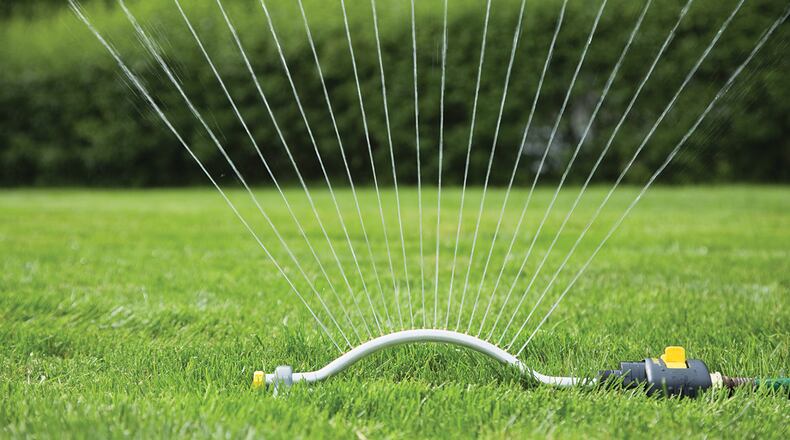If homeowners ask a dozen lawn experts what they recommend in terms of watering, they’re likely to offer 12 different answers. The type of soil and grass affects how frequently a lawn needs to be watered. According to the lawn care company Organo Lawn, it’s better to do a deep watering two or three times a week to promote strong grass roots and maintain a healthy microbial composition in soil than to water the lawn daily, which leads to shallow roots and can wash away nutrients. But it is important for homeowners to recognize when their lawns are not getting ample water. Here are some signs a lawn needs a drink.
- Visible footprints: Elasticity of the grass blades decreases when the lawn is not getting enough water. If you walk on the lawn and footprints do not bounce back in a short amount of time, you likely need to water.
- Gaps between lawn and sidewalk: Lawn Pride says that the soil can shrink in drought conditions. This may be visible where the lawn abuts a driveway, sidewalk or even planting beds. If you walk along the perimeter of a lawn and notice a gap between the grass and hardscape, it is time to water.
- Clumps of grass: It is a sign of drought stress when grass grows in clumps rather than uniformly across a lawn.
- Presence of dollar spot fungus: Grass can become susceptible to this fungus, which also is called ascochyta leaf blight. It only develops in lawns with shallow grass roots caused by improper lawn watering. It’s common in parts of Colorado and elsewhere and is noticeable when damage to the turf begins in the middle of the grass foliage.
- Slow growth: A lawn that doesn’t seem to be growing well, or doesn’t need to be mowed as frequently, likely isn’t getting enough water.
Adequate watering can help a lawn develop strong roots and maintain grass health. Homeowners who have questions about their lawns and watering can consult with a landscaper or a lawn care service.
About the Author
